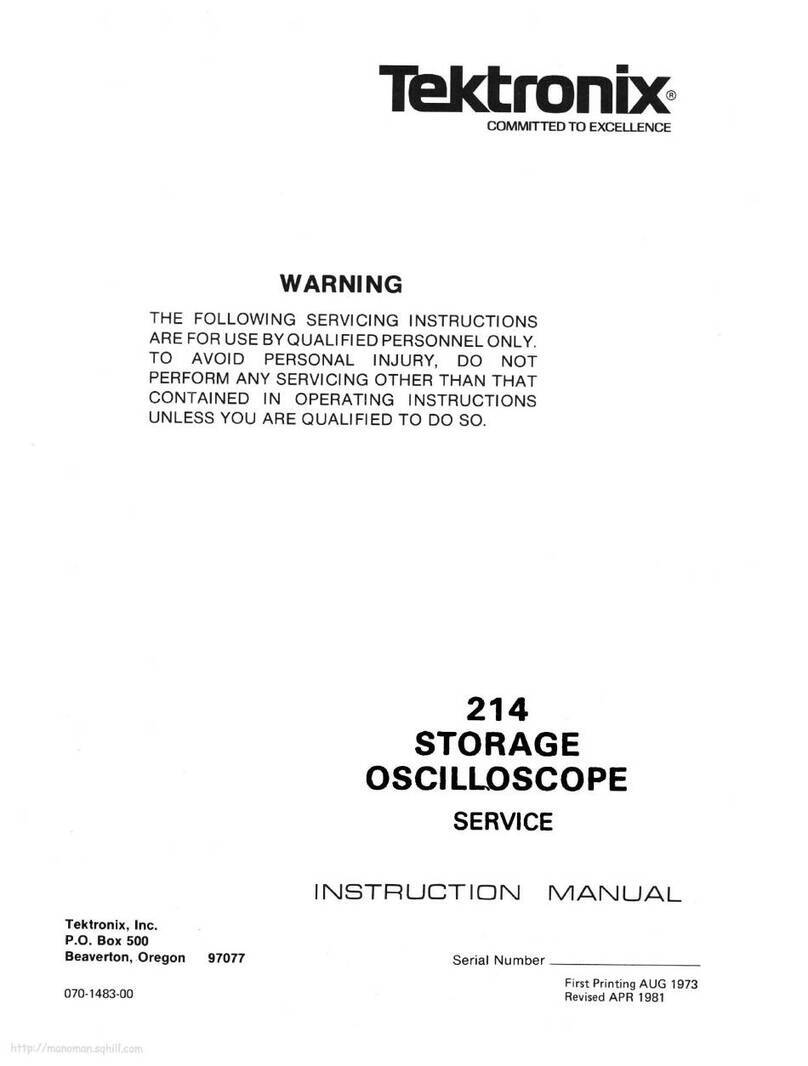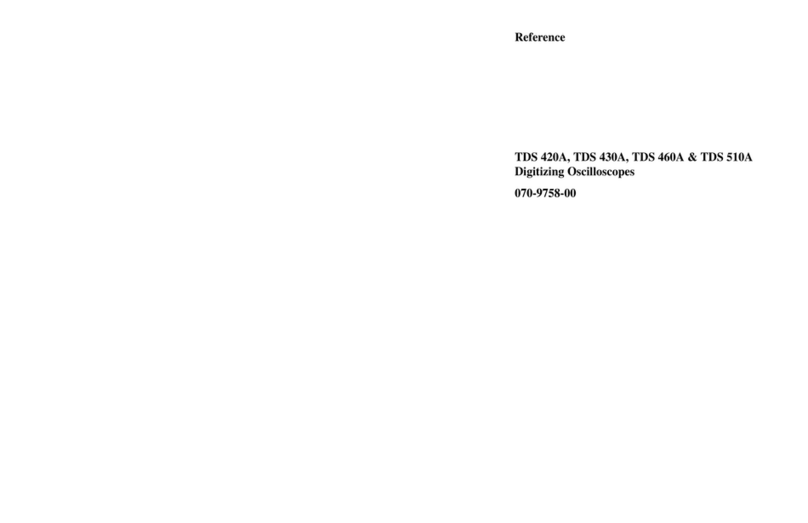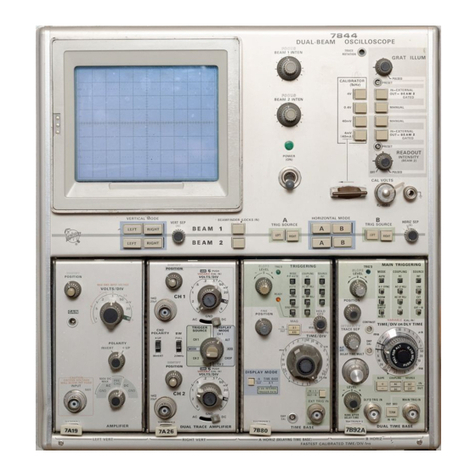Tektronix 545 Use and care manual
Other Tektronix Test Equipment manuals
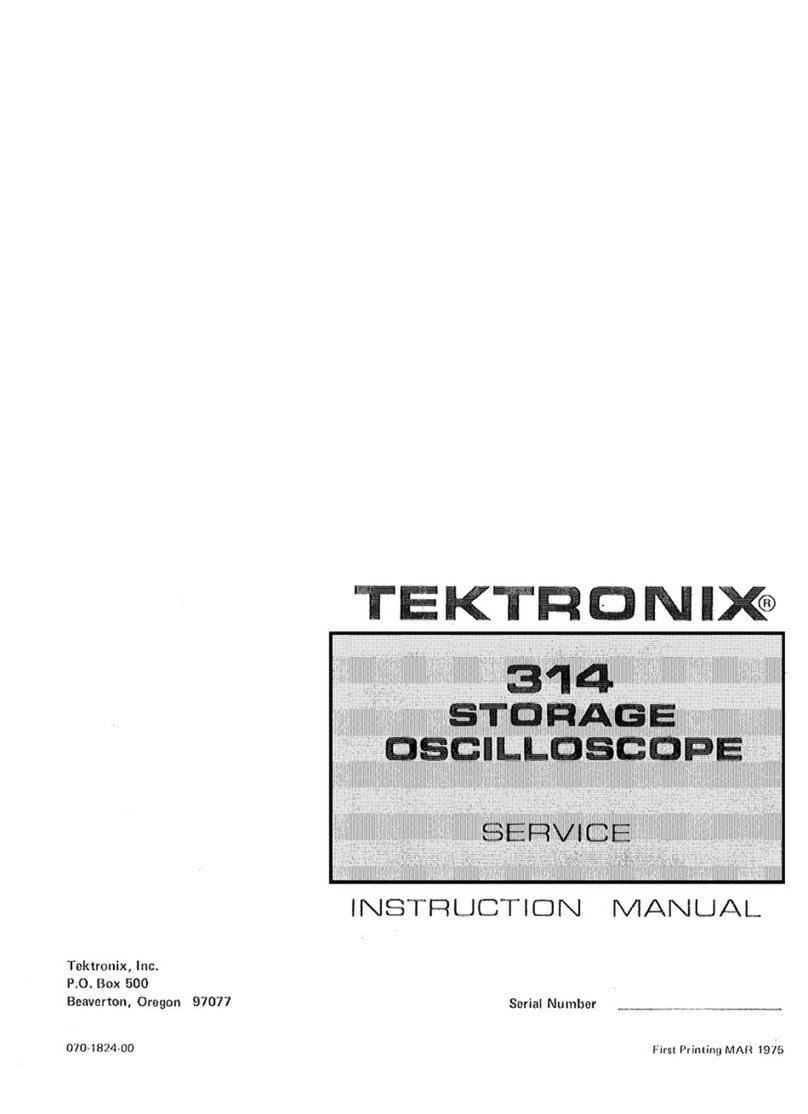
Tektronix
Tektronix 314 User manual
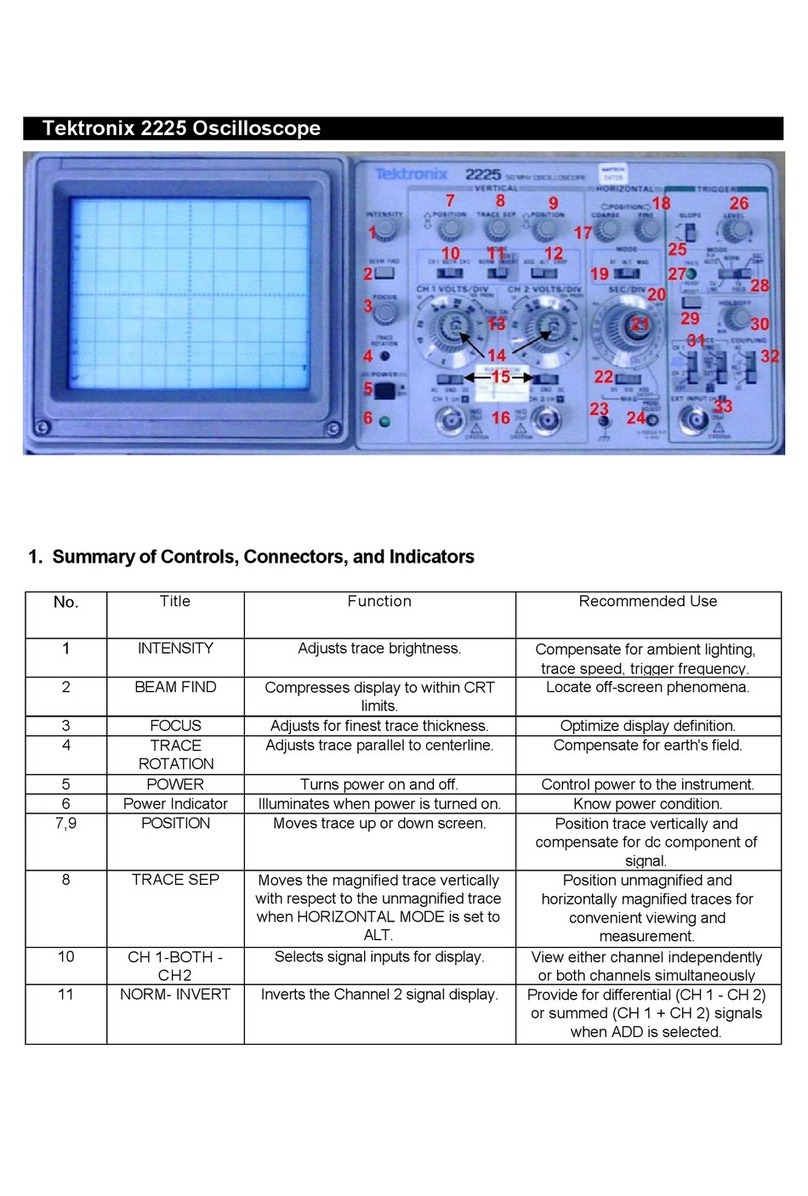
Tektronix
Tektronix 2225 User manual
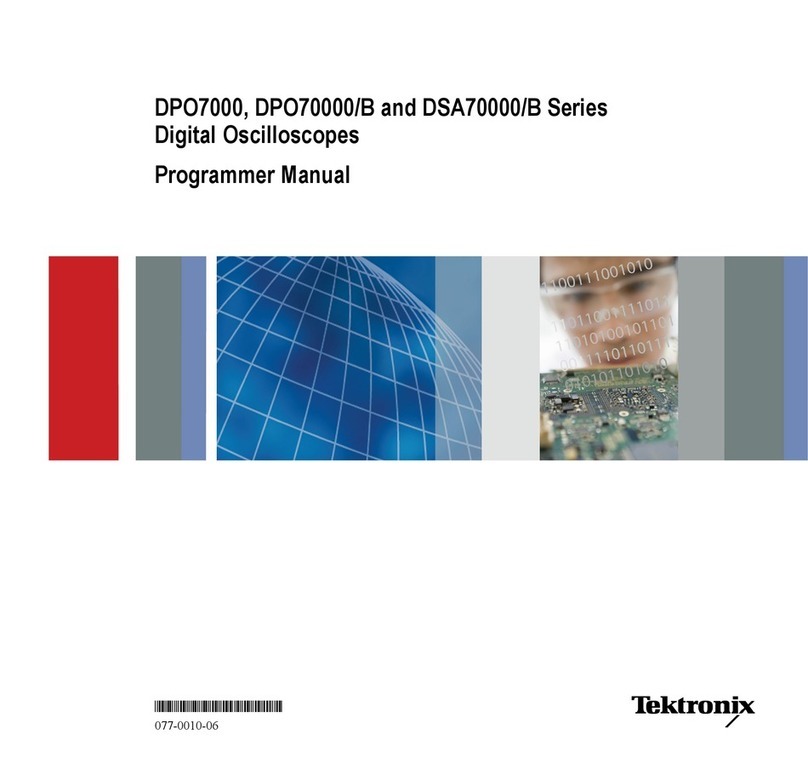
Tektronix
Tektronix DSA70000/B Series Operating and maintenance manual
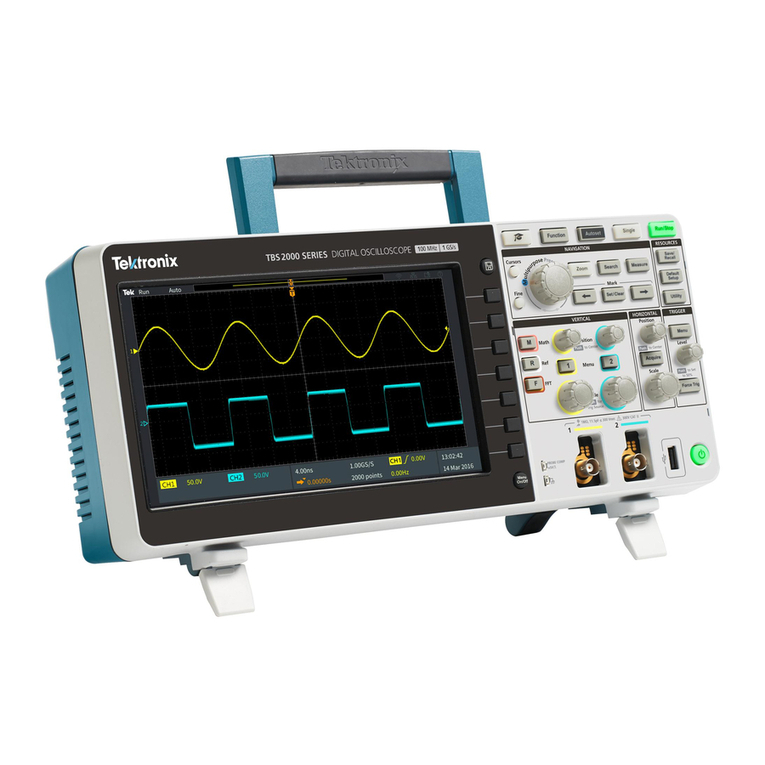
Tektronix
Tektronix TBS2102 User manual

Tektronix
Tektronix TDS3012C-NV User manual
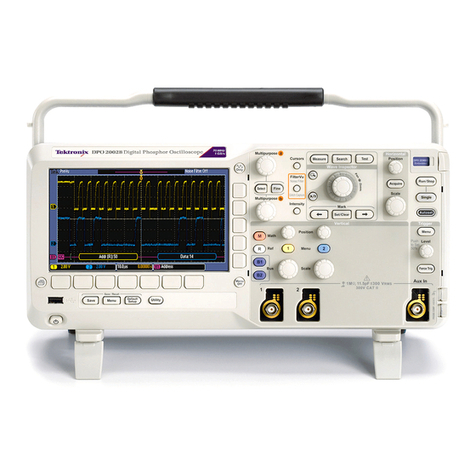
Tektronix
Tektronix DPO2012 Use and care manual
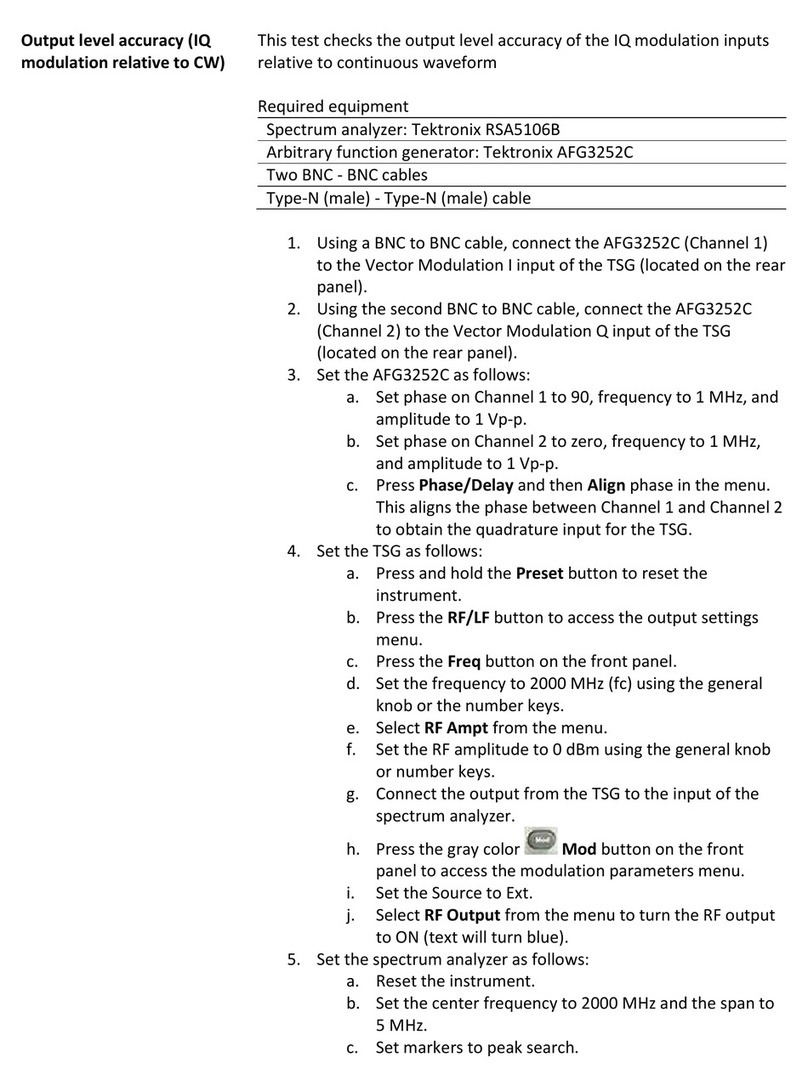
Tektronix
Tektronix TSG4100A Series User manual
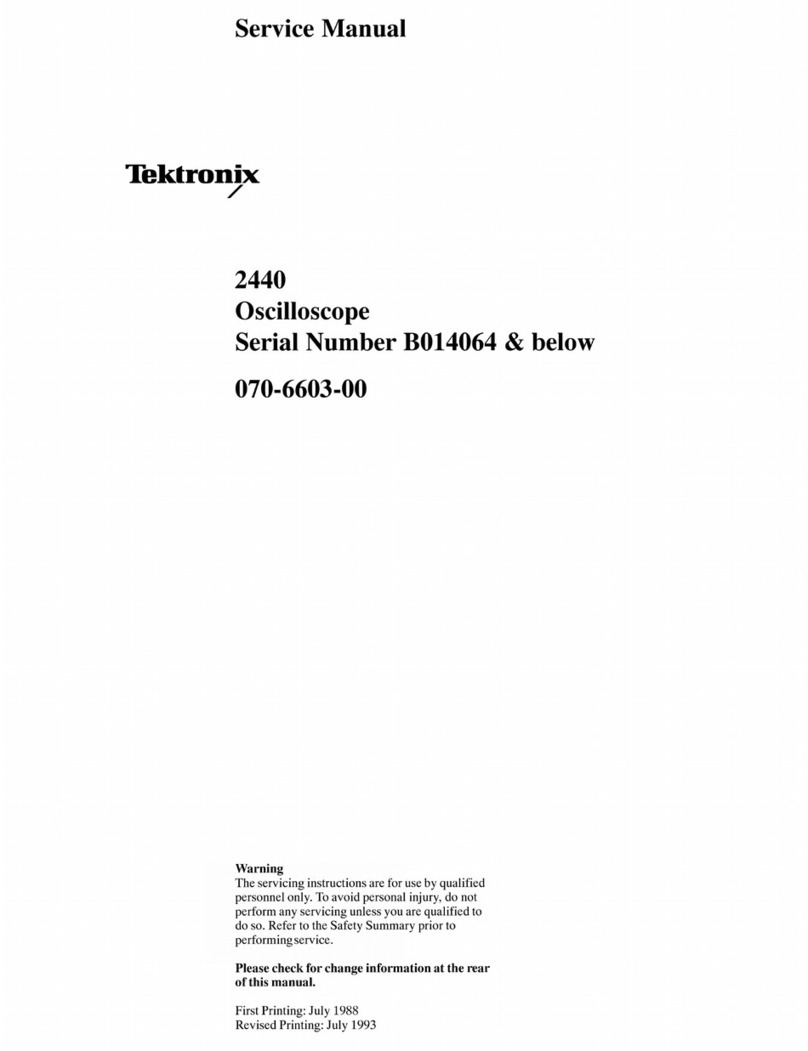
Tektronix
Tektronix 2440 User manual
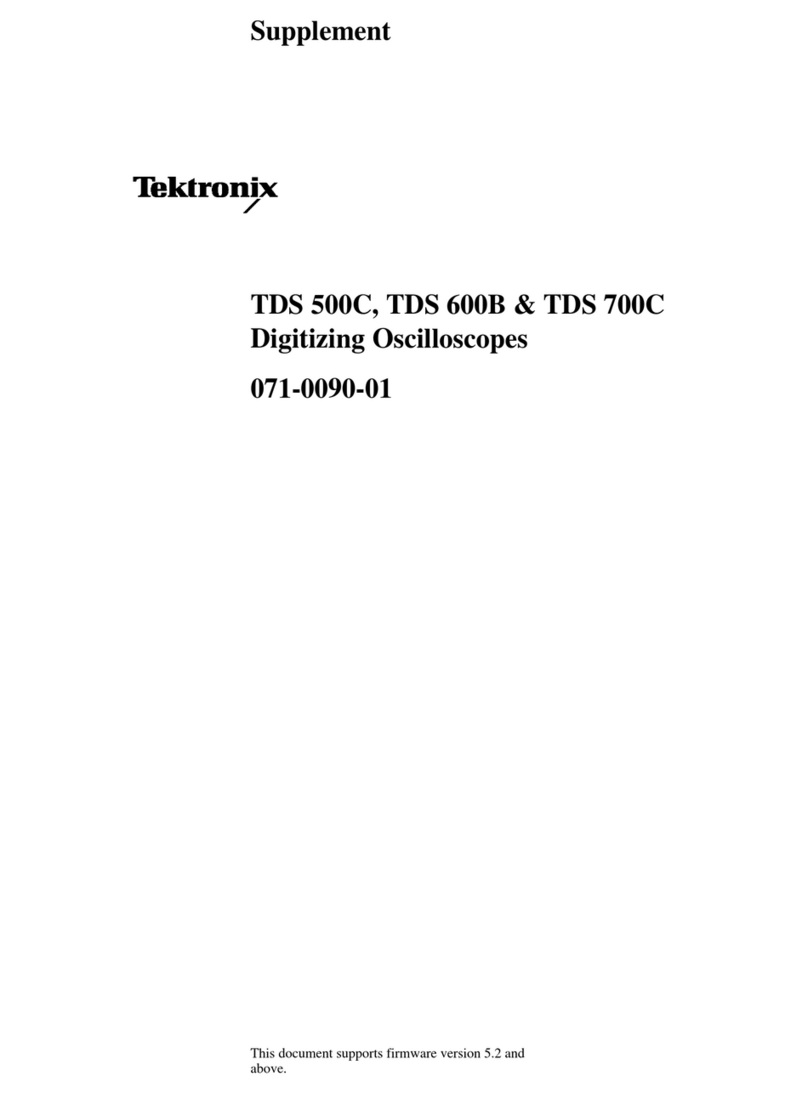
Tektronix
Tektronix TDS 500C User manual
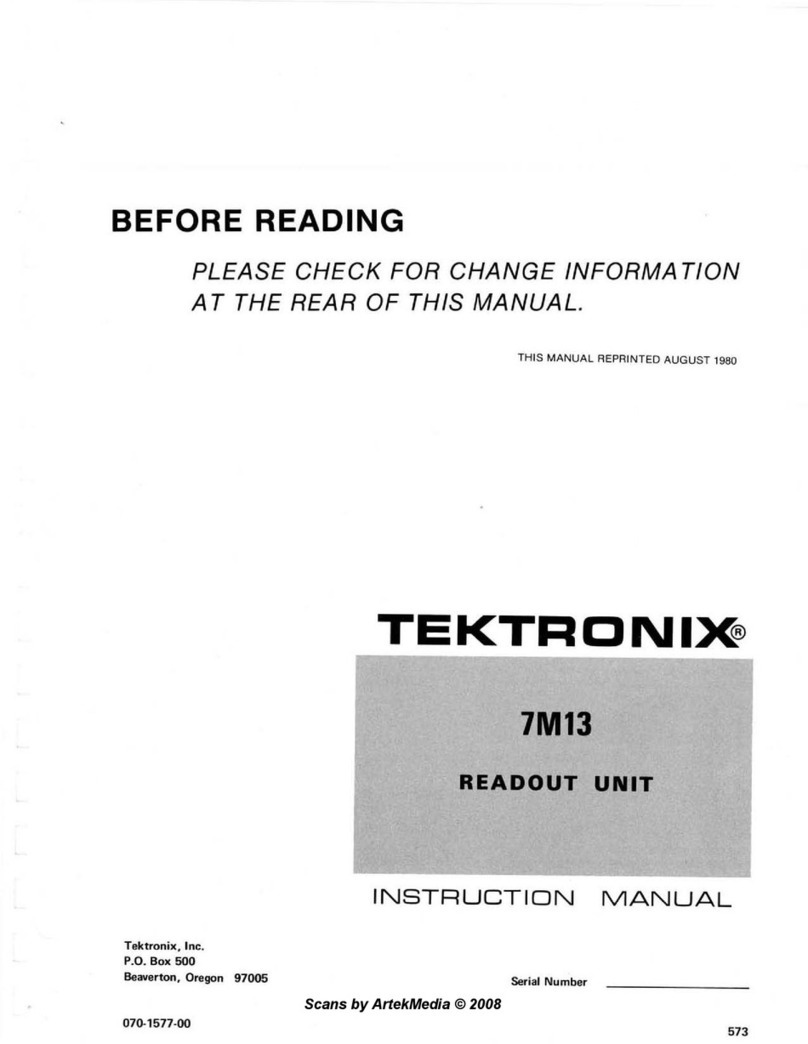
Tektronix
Tektronix 7M13 User manual
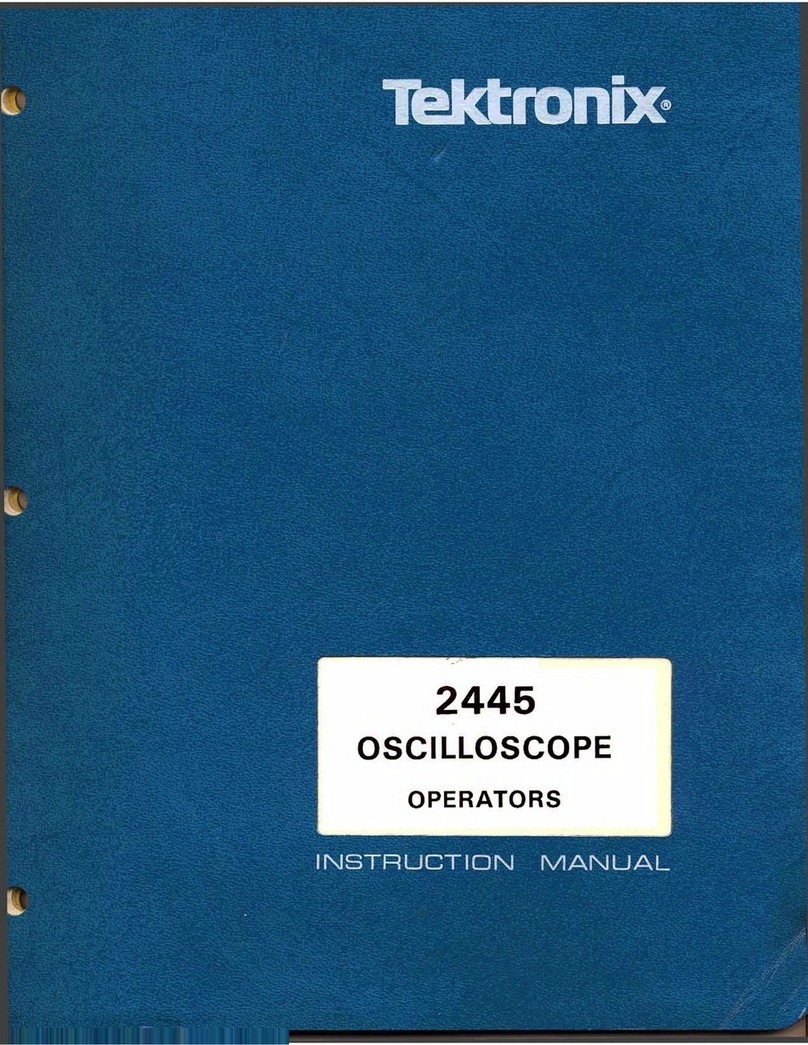
Tektronix
Tektronix 2445 User manual
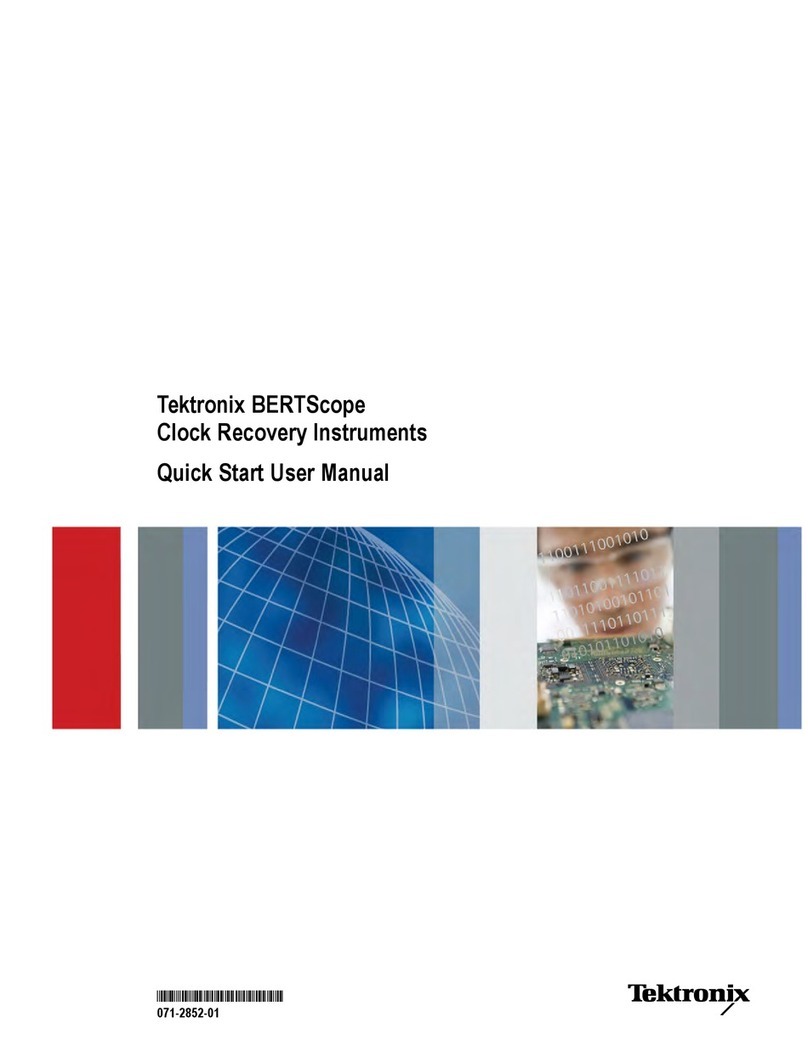
Tektronix
Tektronix BERTScope Manual

Tektronix
Tektronix 2225 User manual
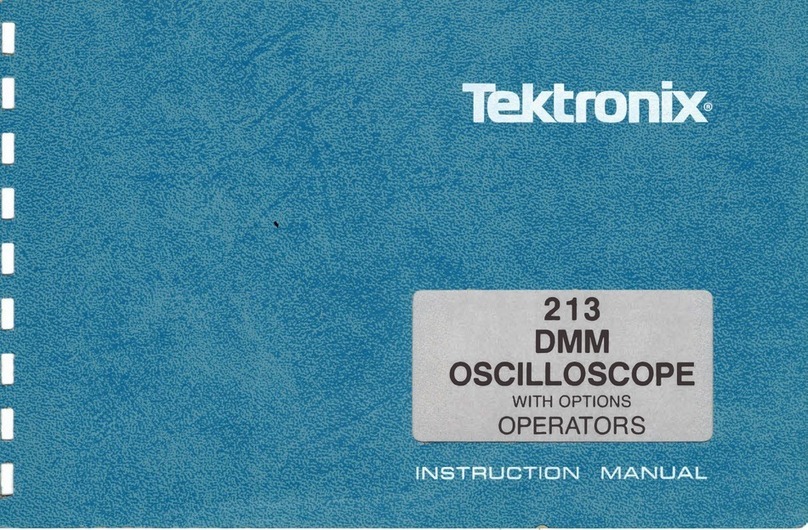
Tektronix
Tektronix 200 Series User manual
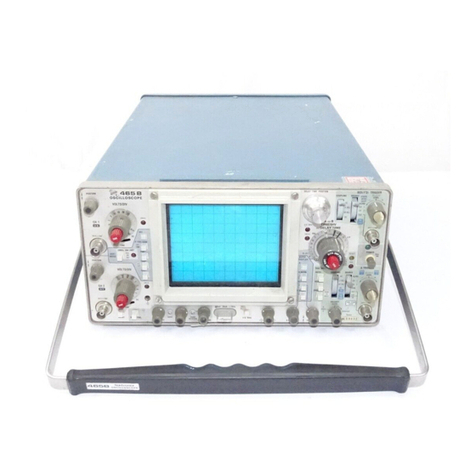
Tektronix
Tektronix 465B User manual
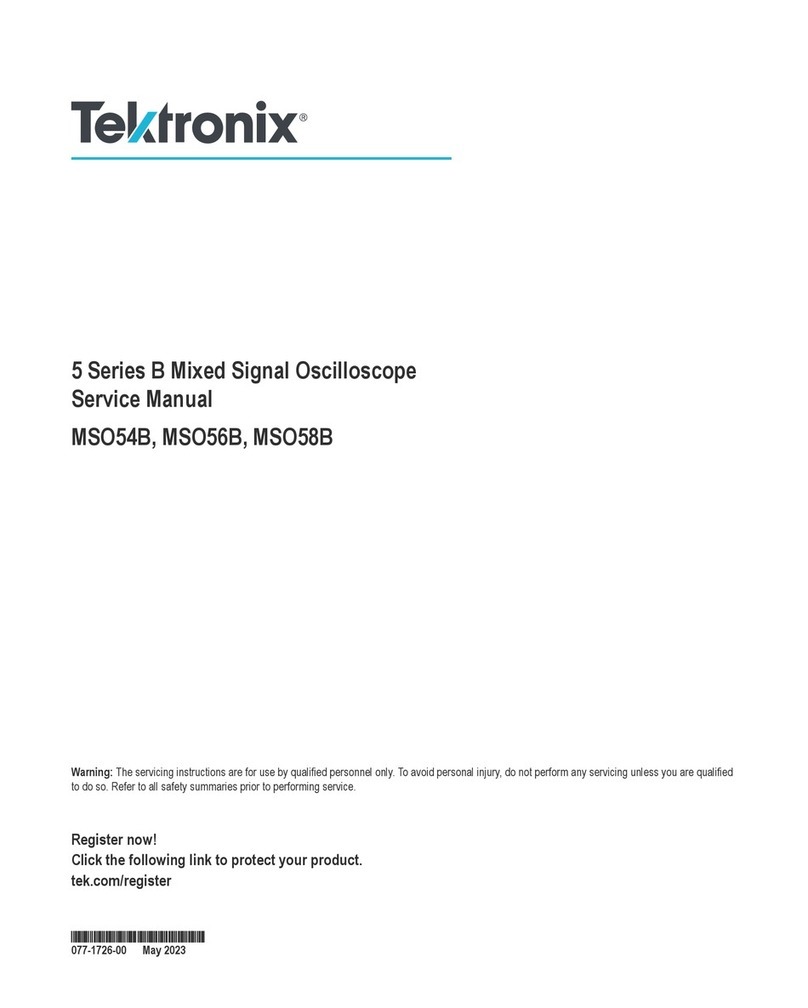
Tektronix
Tektronix MSO54B User manual
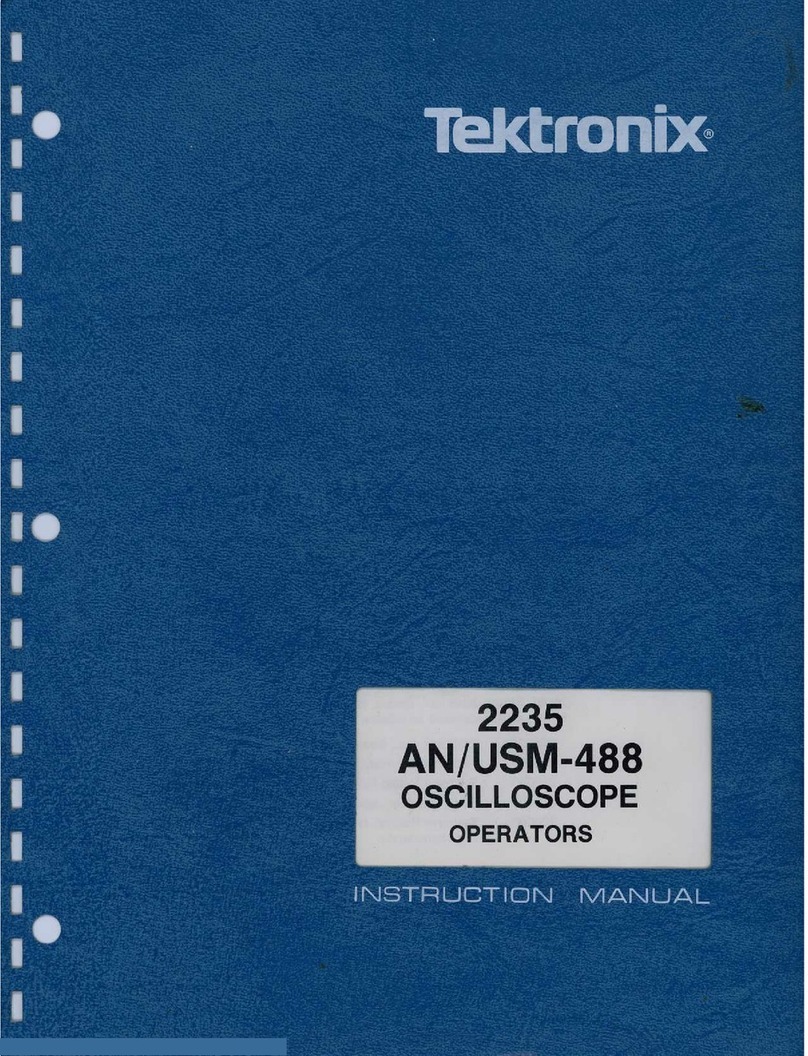
Tektronix
Tektronix 2235 User manual

Tektronix
Tektronix KEITHLEY S530 User manual
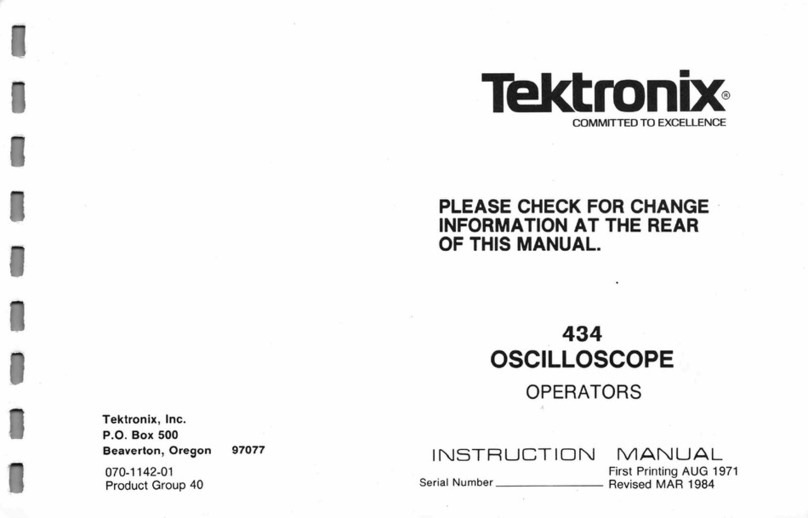
Tektronix
Tektronix 434 User manual
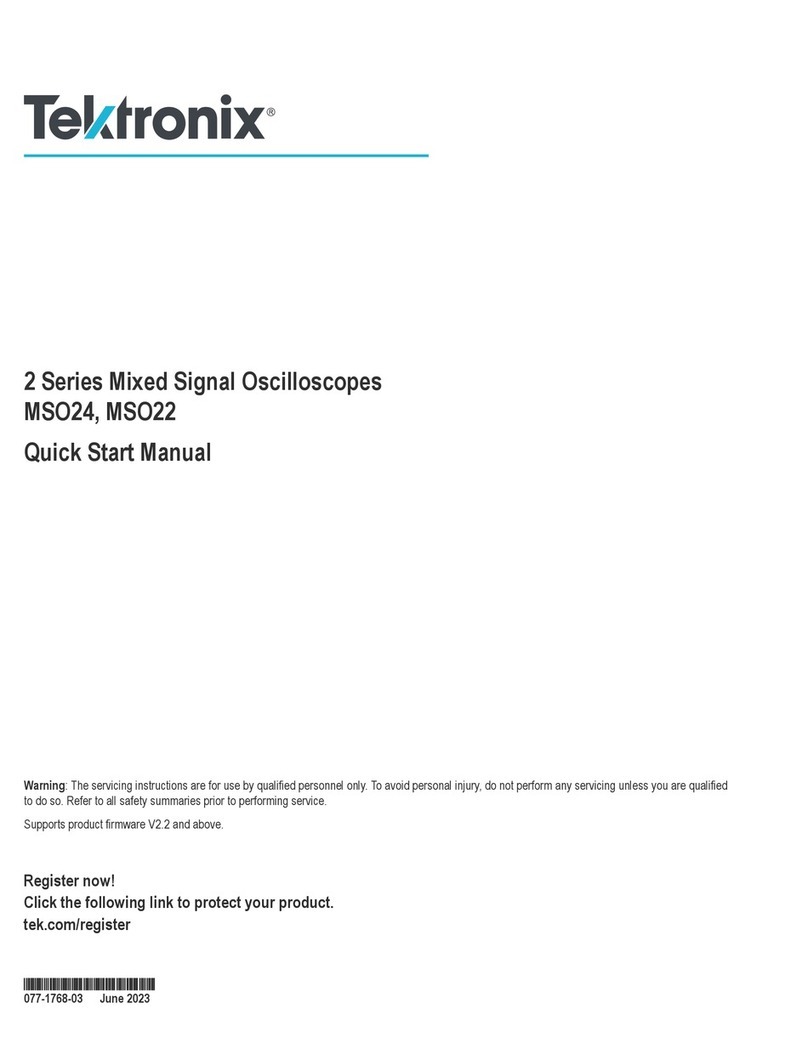
Tektronix
Tektronix MSO24 Instruction manual
Popular Test Equipment manuals by other brands

Redtech
Redtech TRAILERteck T05 user manual

Venmar
Venmar AVS Constructo 1.0 HRV user guide

Test Instrument Solutions
Test Instrument Solutions SafetyPAT operating manual

Hanna Instruments
Hanna Instruments HI 38078 instruction manual

Kistler
Kistler 5495C Series instruction manual

Waygate Technologies
Waygate Technologies DM5E Basic quick start guide

StoneL
StoneL DeviceNet CK464002A manual

Seica
Seica RAPID 220 Site preparation guide

Kingfisher
Kingfisher KI7400 Series Training manual

Kurth Electronic
Kurth Electronic CCTS-03 operating manual

SMART
SMART KANAAD SBT XTREME 3G Series user manual

Agilent Technologies
Agilent Technologies BERT Serial Getting started

